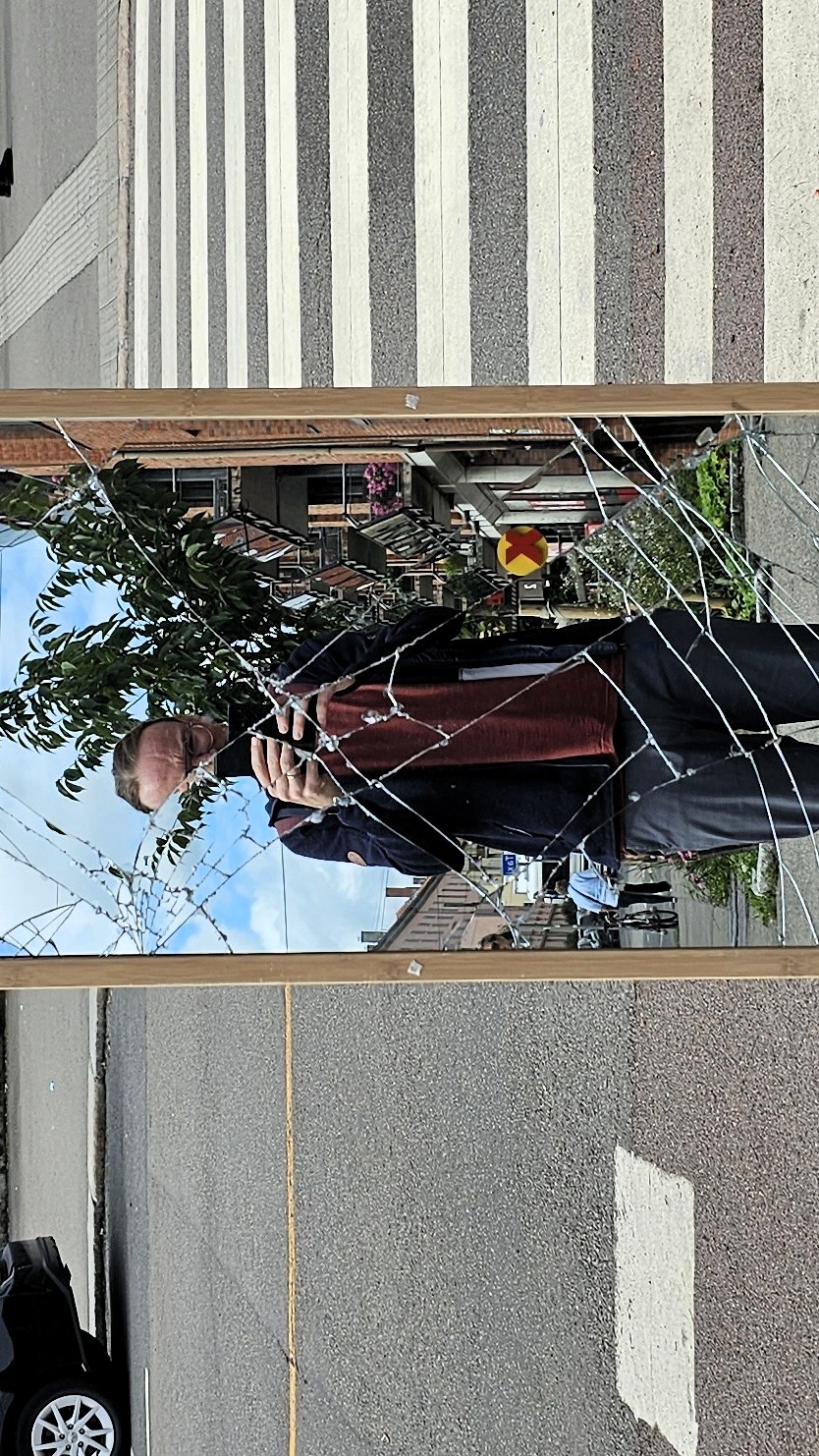
Why I like SMS and e-mail
Yesterday, I wrote about why I don’t like MS Teams. My frustration about this Microsoft product (or perhaps better, platform*) could have been directed at most other commercial platforms. Common to all is the attempt to lock users into a software ecosystem that they cannot easily escape without losing their information. But what is the option? Over the years, I have developed my own workflows, including practical strategies for handling files and folders....
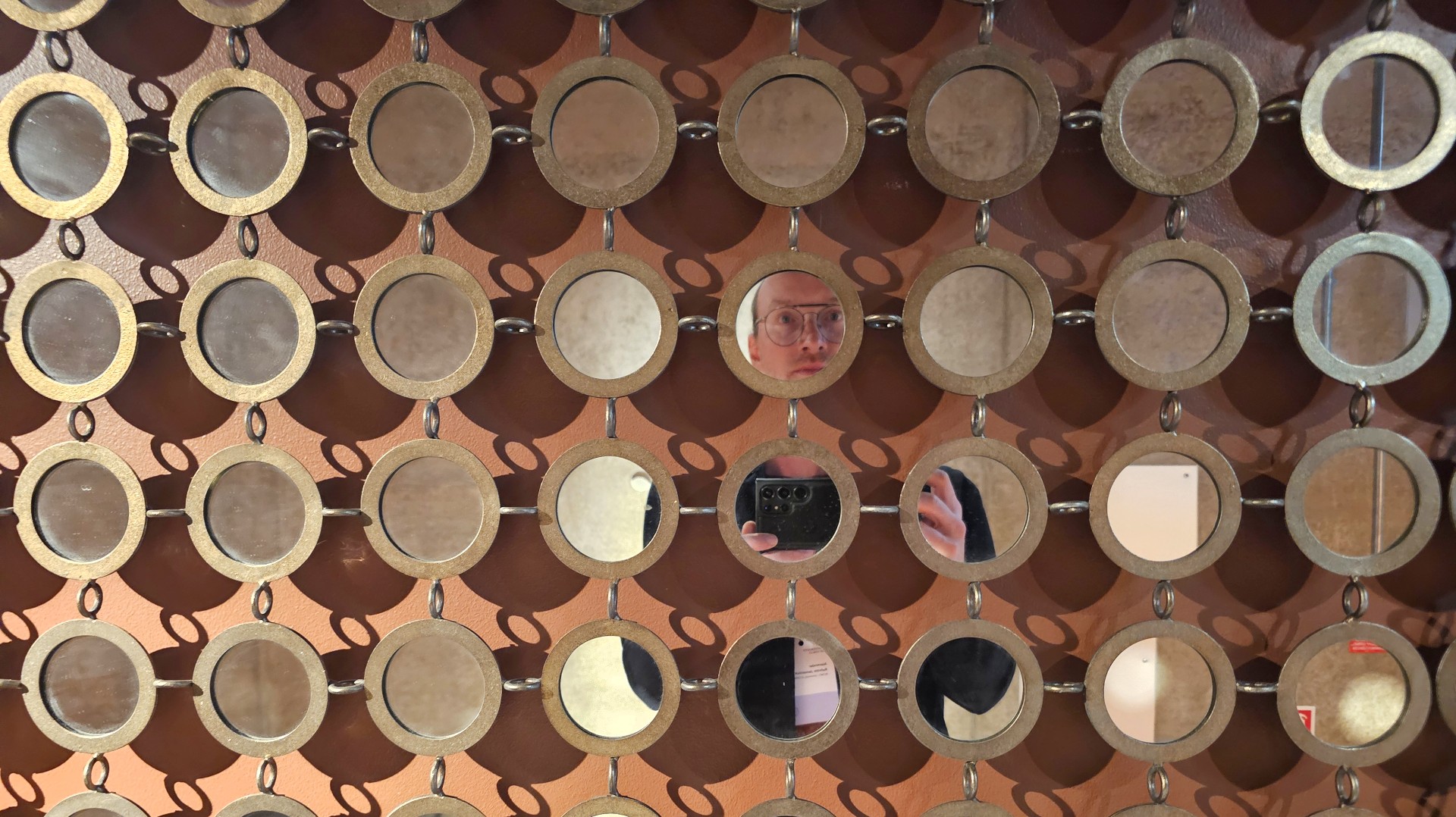
Why I don't like MS Teams
We have MS Teams at the University of Oslo (as in many other places), and it is increasingly used by administrative staff. Some academics use it as well, but less so in my experience. I use it when other people force me to, but I would never force others to use it. In this blog post, I explain why. No Linux support I have been using exclusively Linux-based operating systems for more than ten years....
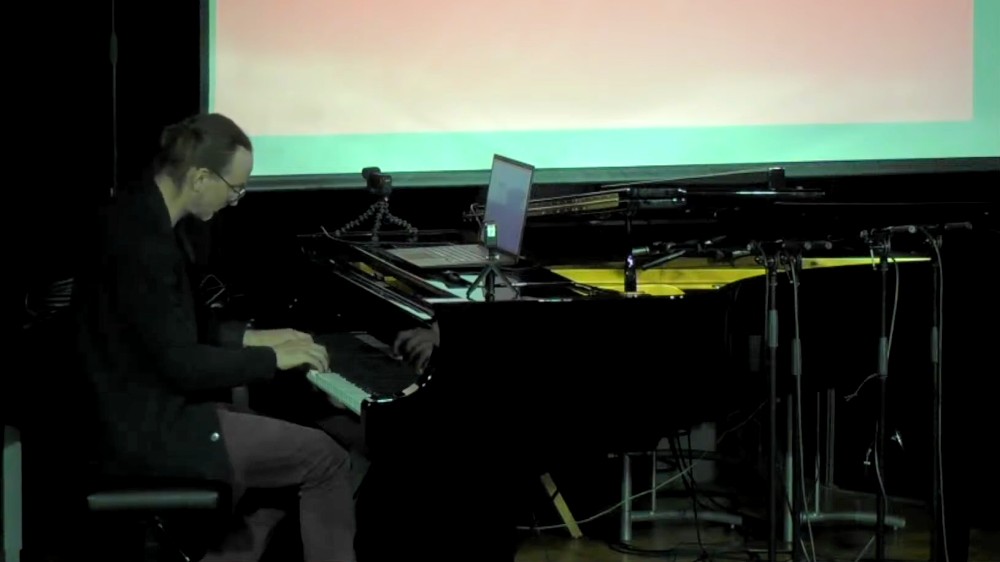
20 years of piano research at the University of Oslo
We are fortunate to have received funding from UiO’s infrastructure board to purchase a new Yamaha Disklavier grand piano for the Department of Musicology. We have applied for this several times and are grateful to the university for making such an investment. To celebrate the new instrument, we organized the seminar New Horizons in Piano Performance Research during which I did a “lecture-recital” talking a little about the history of piano research in the department and stress-testing the new instrument....
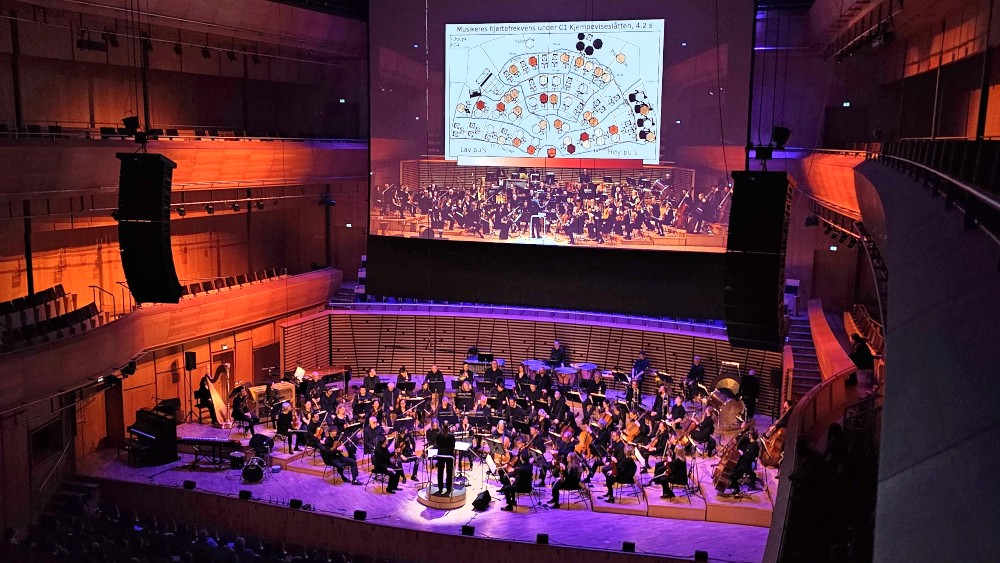
20 years of concert research at the University of Oslo
Today, we organized a Workshop on Concert Research at RITMO. I held the opening lecture, giving an overview of the concert research conducted in the fourMs Lab at the University of Oslo from the early 2000s to today. Over the years, we have explored and refined our data capture methods. Initially, we did qualitative observation studies combined with interviews and performer diaries. Then, we moved on to video-based analyses, including the development of the Musical Gestures Toolbox....
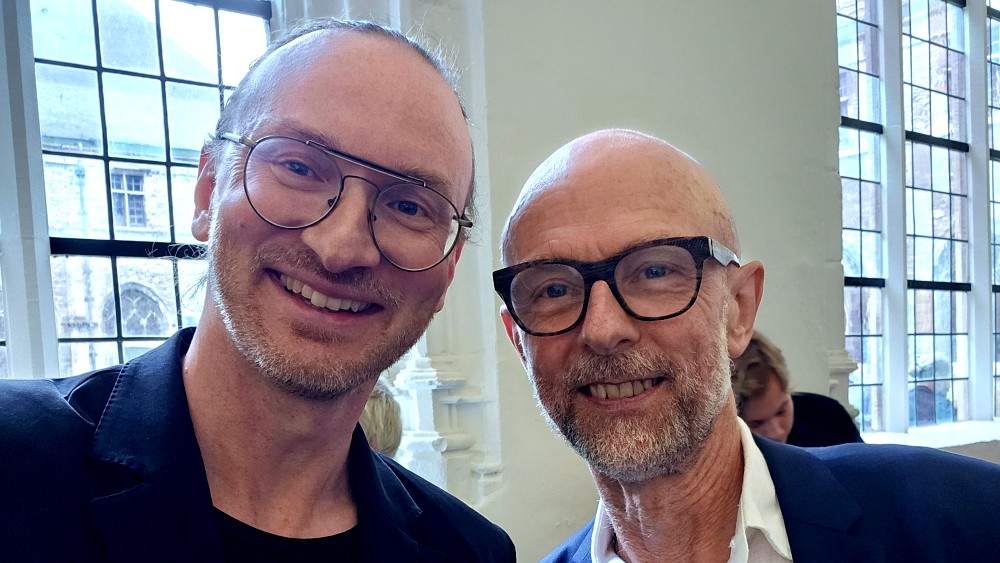
Embodied Musicking Technologies
This text was written for the festschrift for the symposium on 6 September 2024 celebrating Marc Leman’s achievements as professor of Ghent University and marking his retirement. In his seminal book Embodied Music Cognition and Mediation Technology, Marc Leman (2008) drew up a theoretical framework that has influenced a whole new generation of researchers, myself included. Building on a long tradition of systematic musicology, combined with ecological psychology and modern technology, he convincingly set the direction for a fresh approach to scientific studies of musical experiences....
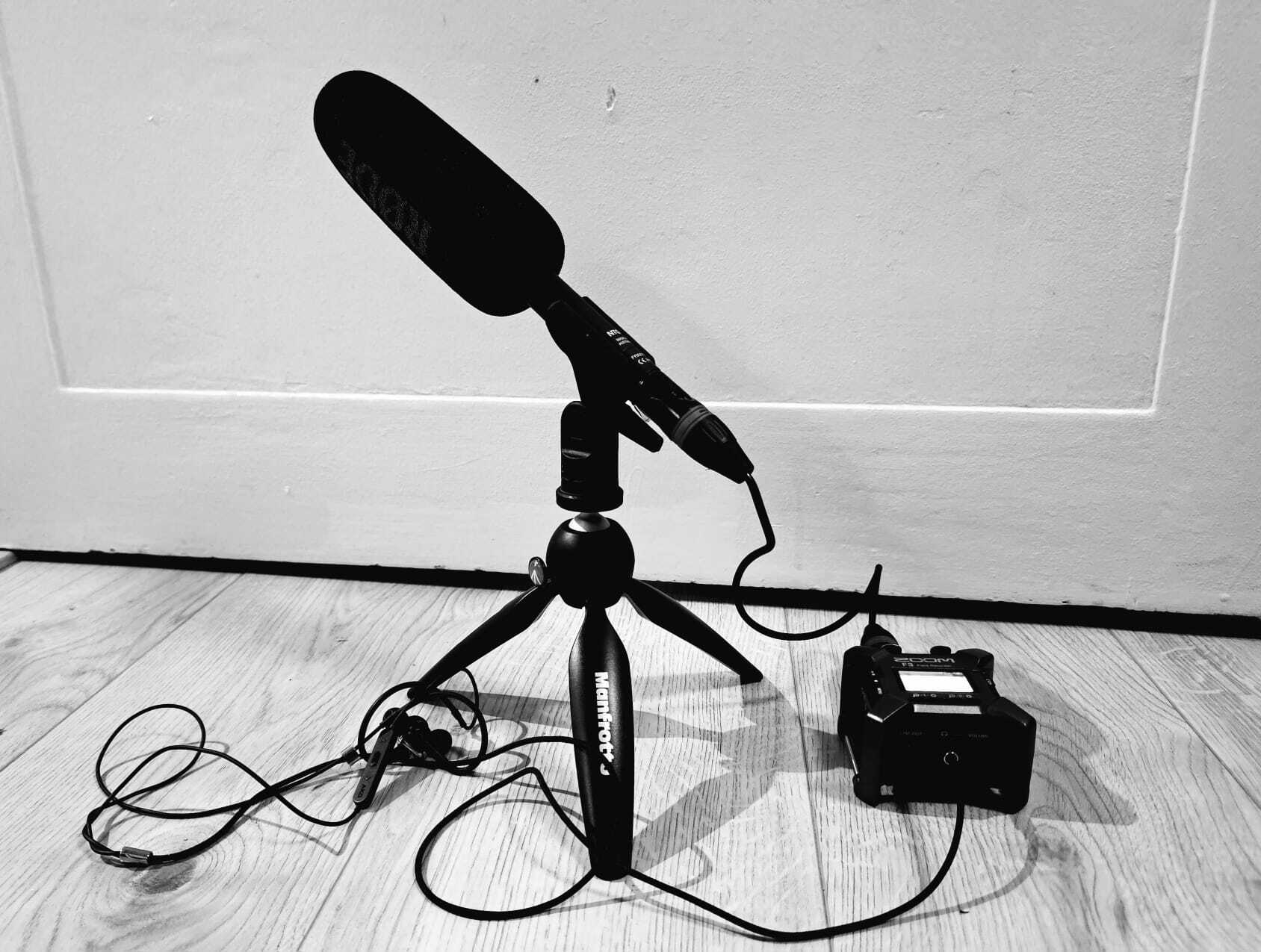
Recording background and foreground audio
I am on vacation in Chile and exploring various techniques for recording sounds around me. I do some outdoor recordings but try to focus on indoor environments because of my ongoing AMBIENT project. In this blog post, I reflect on how challenging it has been. Annual projects The recordings are part of my annual sonic rhythm project, which is my third annual project. In 2022, I recorded one sound action per day....
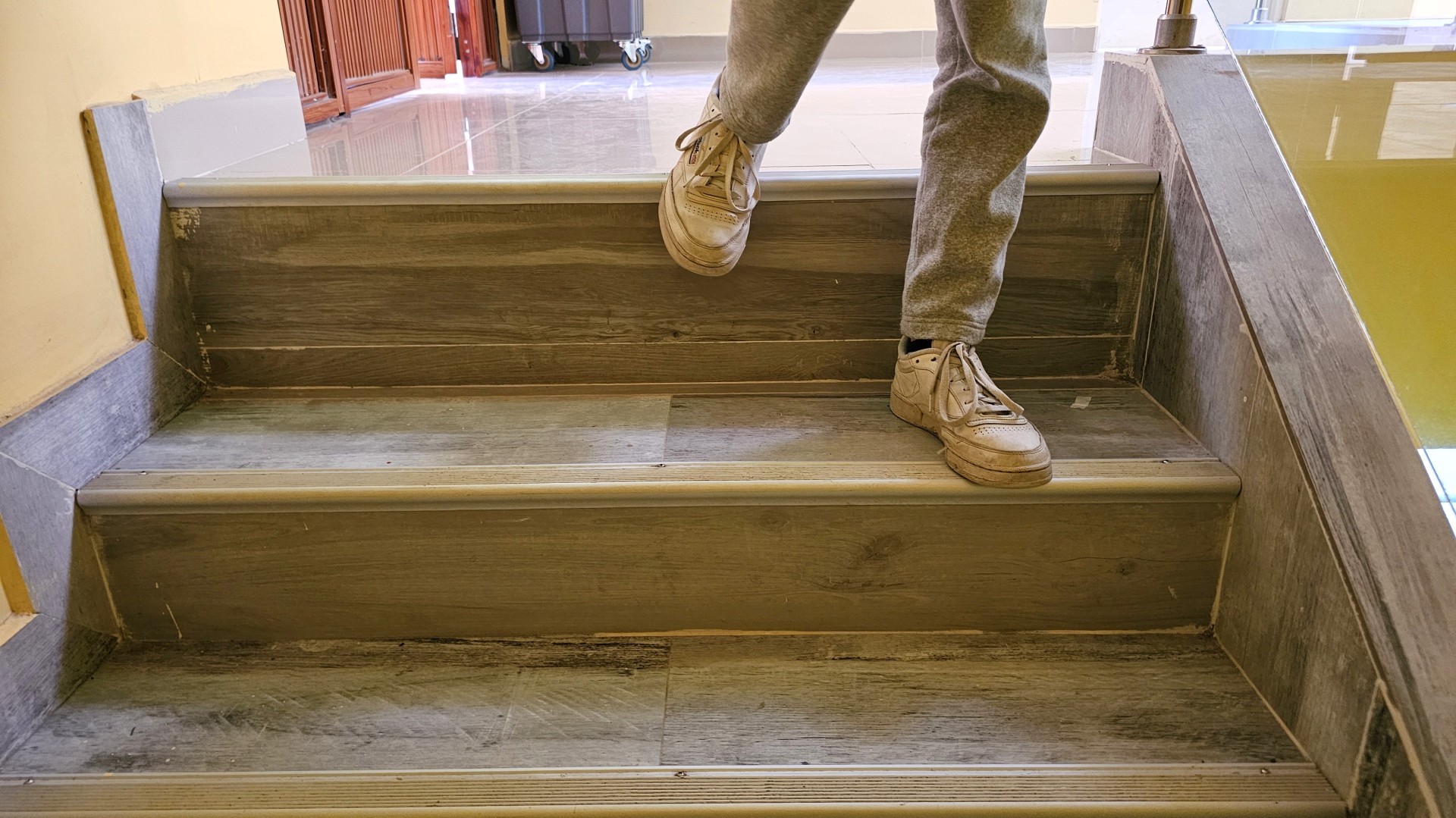
The rhythm of stairwalking
I am on vacation in northern Chile and encountered an interesting staircase in one of our hotels. The uppermost step was a little higher than the others, causing the whole family to stumble almost every time we passed it on the way upwards. Similarly, we always got a few extra centimeters when walking down, making us almost fall over when starting the escalation. This staircase reminded me about action programs, the anticipation of actions based on a perceived rhythm....
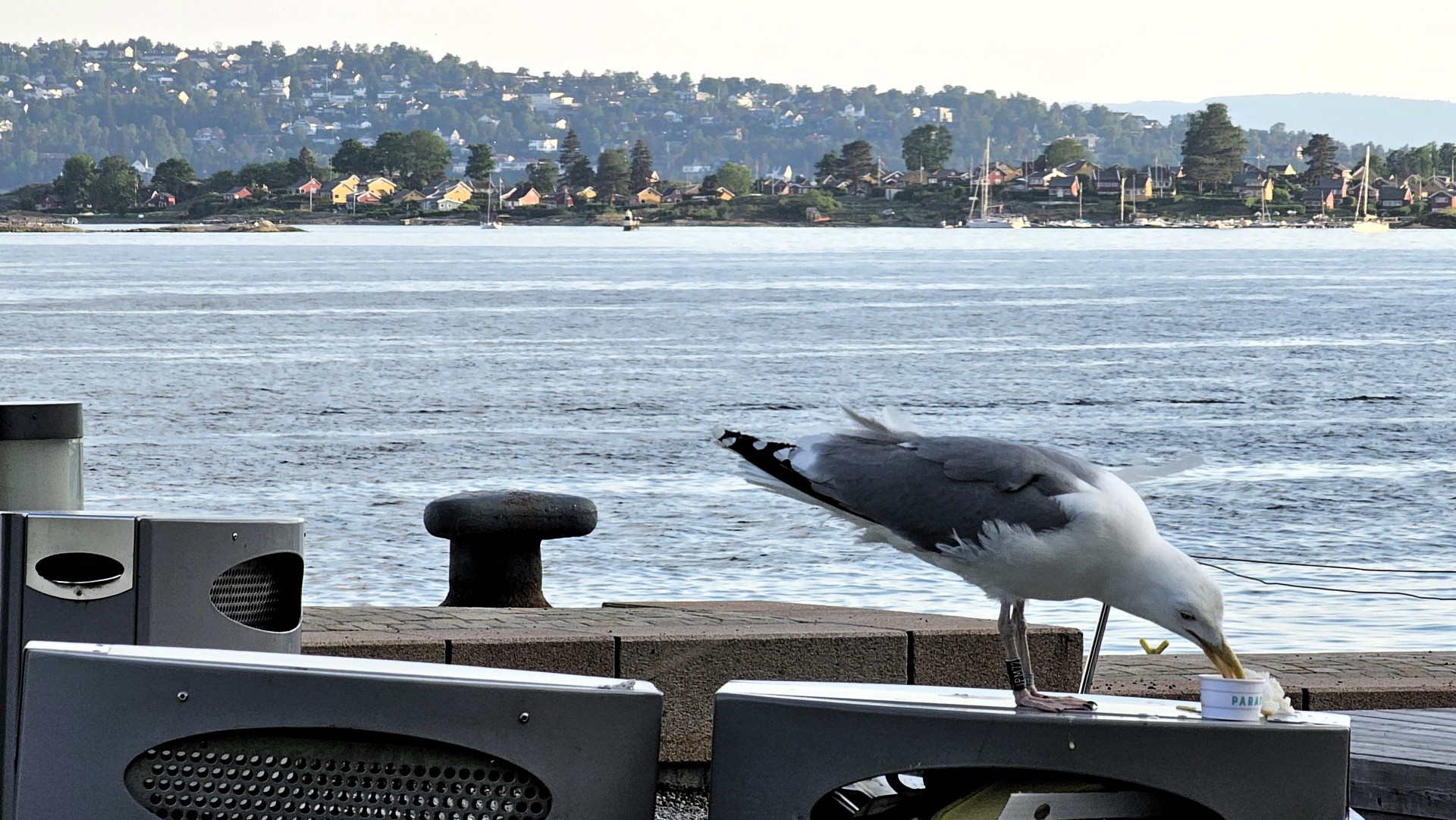
Adding descriptions to my blog
I have generally been very happy about moving my blog to Hugo, except that I have struggled with getting it properly indexed with Google, Bing, etc. One of the benefits of using standard WordPress is that it comes with a lot of automatic functions for such things. In theory, that should also happen with Hugo. However, for some reason, my blog did not work. After various trials and errors, I think I am getting on the right track....

Tripnote summer 2024
Today is midsummer, and with that I enter “summer mode”. A year ago, I wrote about why I chose to make an explanatory tripnote. Nowadays, most people are never really offline. Still, we all need time off. For me, that includes doing many things that I don’t typically have time to during the busy semesters. I received many positive comments on my tripnote last year, so I decided to make another this year....
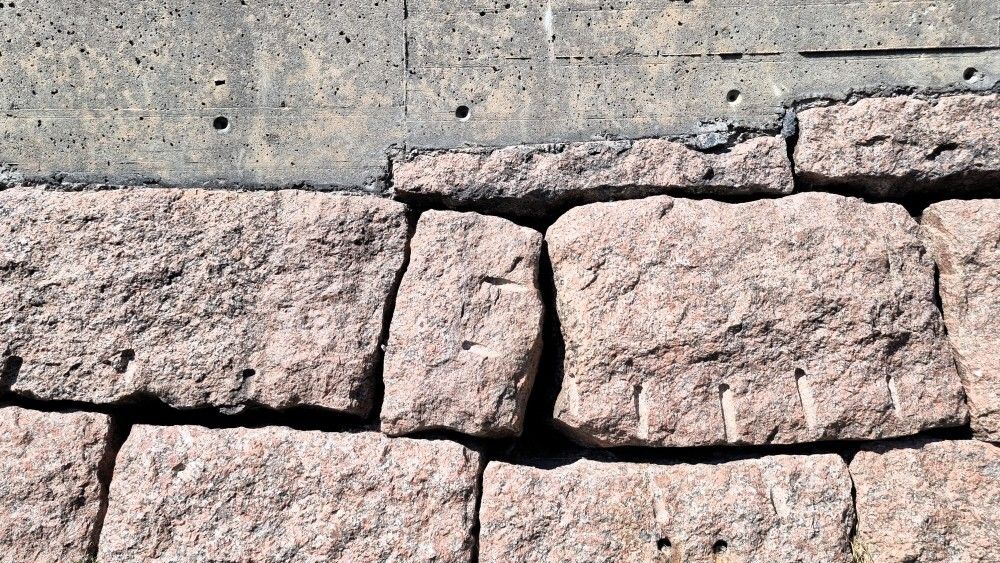
Data, Metadata and Paradata
I have had some interesting discussions about what constitutes metadata these days. What is really the difference between metadata and data? While participating in ESOF today, I came across the term paradata, which was new to me. What is that, and how does it differ from data and metadata? Data Data refers to raw facts, observations, measurements, or representations of information in various formats, such as numbers, text, images, audio, or video....